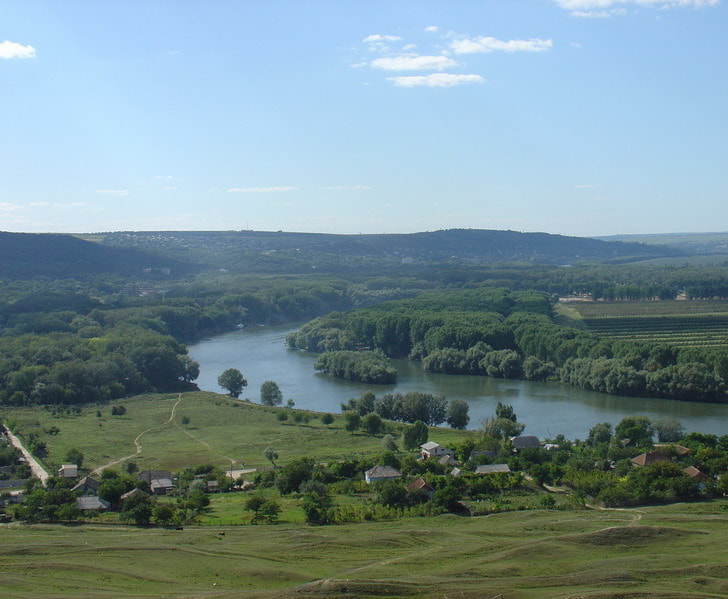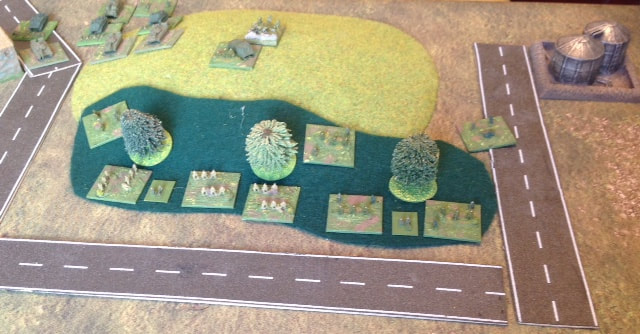- Home
- About
-
Travel
-
Features
- Dyrrachion1081
- Normans in the Balkans
- Manolada 1316
- Kosovo 1389
- Castles on the Danube
- Late Medieval Bosnian Army
- Doboj 1415
- Wallachian and Moldovan troops of the Napoleonic wars
- Anchialos 917
- Slovenian Borderlands
- The Zadruga and the Military Border
- Cretan War in the Adriatic
- Salonika 1916
- Uskoks of Senj
- Siege of Klis 1537
- Eugene in the Balkans
- Moldavian Surprise 1711
- Austro-Turkish War 1737-9
- Militargrenze
- Invading Ottoman Turkey
- Siege of Ragusa 1814
- Russo-Turkish War 1806-12
- Serbian Uprising 1815
- Ali Pasha
- Ottoman Army 1826
- Aleksinac 1876
- Shipka Pass
- Slivnitsa 1885
- Romanian Army 1878
- Austrian forts 19thC
- Kumanovo 1912
- Catalca Lines
- Adrianople 1912-13
- Kajmakcalan 1916
- The other 1918 campaign
- Macedonia air war WW1
- War of the Stray Dog
- Royal Yugoslavian armed forces
- Blunder in the Mountains
- Romanian SS
- Gebirgsjager in the Balkans
- Knights Move 1944
- Vis during WW2
- HLI in the Adriatic
- Adriatic Cruel Seas
- Dalmatian Bridgehead
- Cyprus 1974
- Transnistrian War
- Ottoman Navy Napoleonic wars
- Medieval Balkans
- Balkan lockdown quiz >
- Reviews
-
Armies
- Ancient Greeks
- Pyrrhic army of Epirus
- Dacian wars
- Goths
- Late Roman
- Comnenan Byzantine Army
- Normans
- Serbian medieval
- Albanian medieval
- Wallachian medieval
- Bosnian Medieval
- Catalan Company
- Polish 17C
- Austrian Imperialist
- Ottoman
- Austrian 18thC
- Russian Early 18thC
- Ottoman Napoleonic
- Greek Revolution
- 1848 Hungarian Revolution
- Russian Crimean war
- Romanian Army of 1877
- Ottoman 1877
- Russian 1877
- Balkan Wars 1912-13
- Macedonia WW1
- Greece WW2
- Italian Army WW2
- Gebirgsjager WW2
- Hungary WW2
- Turkey WW2
- Soviet Union WW2
- Bulgaria WW2
- Turkish Korean War Brigade
- Balkan Wars 1990s
- Links
- Books
Transnistrian War 1992
|
A question in a pub quiz during my summer break caused me to listen more carefully – “Where is Transnistria?” Not one of the teams got it right and when the correct answer was given, ‘Moldova’’, one team didn’t believe such a country even existed. In fairness, it does have a Ruritanian sound to it, but the quizmaster was correct, even if his answer might be contested in the Transnistrian capital of Tiraspol.
Transnistria has also been in the news in recent weeks. The Russian Deputy PM Dmitry Rogozin was barred from EU airspace when he tried to visit Moldova, to meet the pro-Russian President. Moldova (historically known as Moldavia) is sandwiched between Romania and Ukraine on the River Dniester. The Moldavian Soviet Socialist Republic was created in 1940 largely from the Soviet annexation of Bessarabia and the lands occupied by Romania. It declared its independence from the USSR in 1991 and became the modern Republic of Moldova with its capital at Chisinau. Transnistria is situated on the east bank of the Dniester and in the Soviet period was an autonomous part of the Ukrainian SSR. It has majority ethnic Ukrainian and Russian population that opposed Moldavian language laws and closer links to Romania. Moldavian and Romanian languages are very similar. Separatist forces in Transnistria declared their independence in September 1990 as the Pridnestrovian Moldavian Soviet Socialist Republic (PMR). Just to confuse everyone further, ‘Prinestrovie’ is the Russian name for Transnistria. It became one the unrecognised republics like Abkhazia and South Ossetia, although some argue that the separation in Transnistria is more political than ethnic. Moldova had no army other than paramilitary and police units. By the end of the conflict they had recruited some 25,000 men, with equipment from Soviet stores and some support from Romania. The PMR got weapons from the Russian 14th Army and received active support from this force that included 14,000 professional troops. The PMR recruited around 9,000 troops supported by Cossack volunteers. There were a number of minor military incidents in late 1990 and 1991, but the war properly started in March 1992 when Moldova was admitted as a member of the UN. There were three main areas of conflict. The first was in the village of Cocieri, on the east side of the Dniester, but held by Moldovans who ejected PMR police and built defence lines around three villages. Both sides amassed significant numbers of troops who fought intermittently for several weeks. A second bridgehead was created in the Cosnita area and similar fighting took place. The most serious fighting was in the city of Bendery when Moldovan troops attempted to establish control and arrested a Major from the Russian 14th Army. Three Russian T64 tanks were destroyed, but overwhelming PMR and Russian forces captured the town. The Moldovan air force, using MiG-29’s sought to blow up the bridges across the Dneister, to stop 14th Army units crossing into Moldova. A ceasefire was agreed in July 1992 and the Joint Control Commission was established with peacekeeping forces from Russia, PMR and Moldova. Although the Russian forces are much smaller, this arrangement remains in place to this day. For wargaming purposes, 1990’s Russian troops will do for both sides, although the irregular forces and police units had a variety of paramilitary uniforms. I gamed the period in 6mm, so the differences are marginal. The 1992 conflict is pretty difficult for the Moldovan army, being outnumbered due the intervention of the Russian army. A conflict today would be different because the Russian forces are much smaller and could not be reinforced through Ukraine. The PMR forces number around 5,000, plus 1000 Cossacks, supported by a few tanks, artillery and APCs. The Russian forces have been reduced to some 1500 men in two motor rifle battalions and support units. The modern Moldovan army is a small professional force consisting of nearly 6,000 men in three motor rifle brigades, one artillery brigade and a Special Forces battalion. It has some 300 AIFV/APCs, 227 artillery pieces, including ATMs, AA guns and missile systems. The air force had 31 MiG-29 aircraft, but these were sold to the USA in 2006. Today, the air force only has transport aircraft and 8 Mi-8 helicopters, supported by SAMs. The Moldovan army is part of NATO’s Partnership for Peace and has military agreement with Romania. A recent episode of the excellent US drama ‘Madam Secretary’ included a Russian attempt to take over Bulgaria, countered by a NATO armed response - another interesting ‘what-if’ for modern gamers in the region. |





